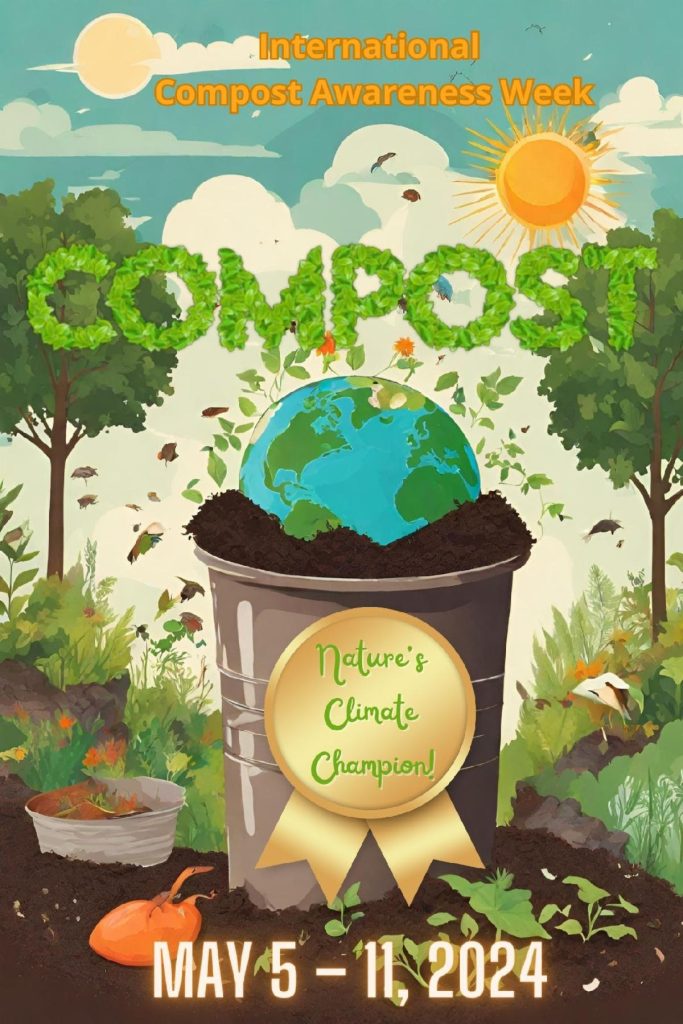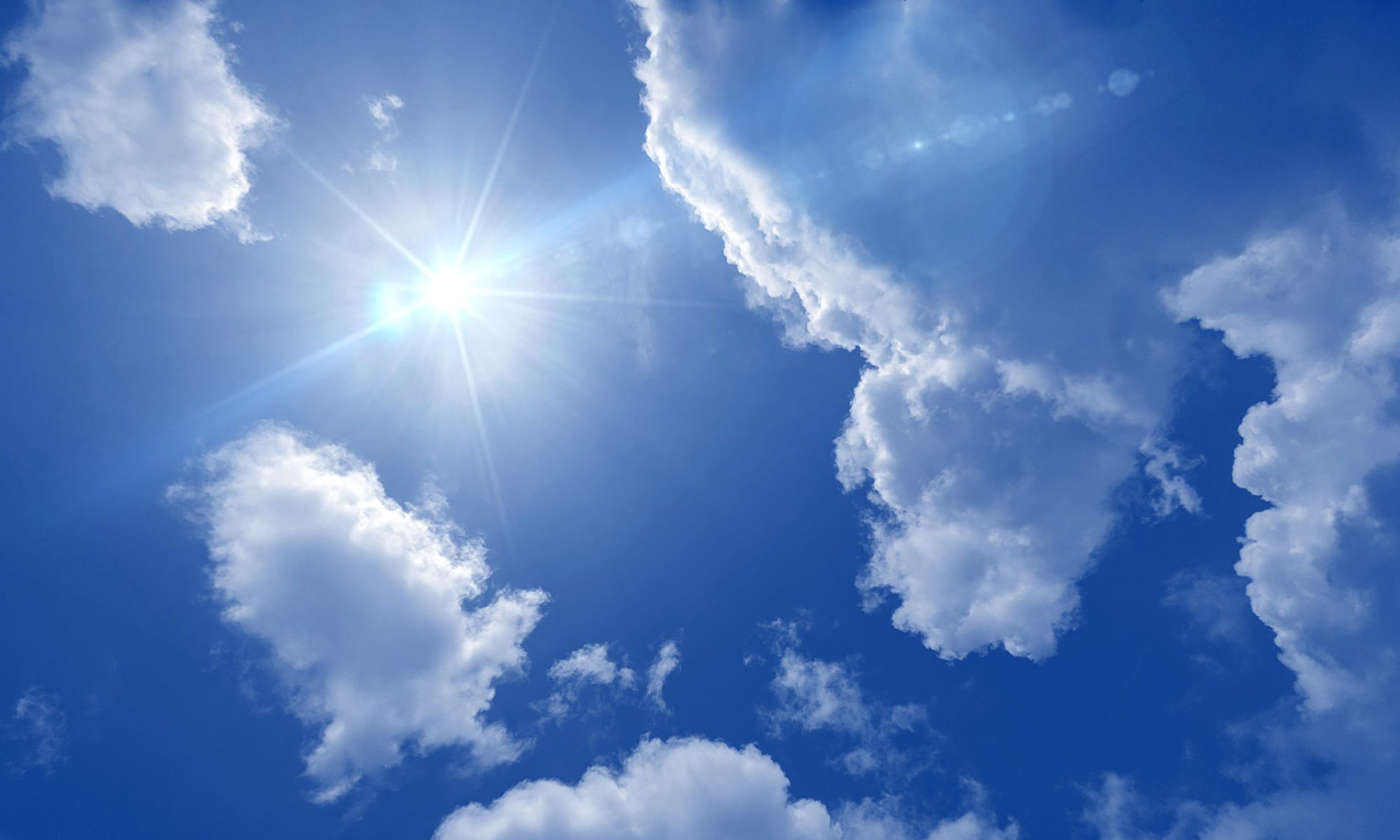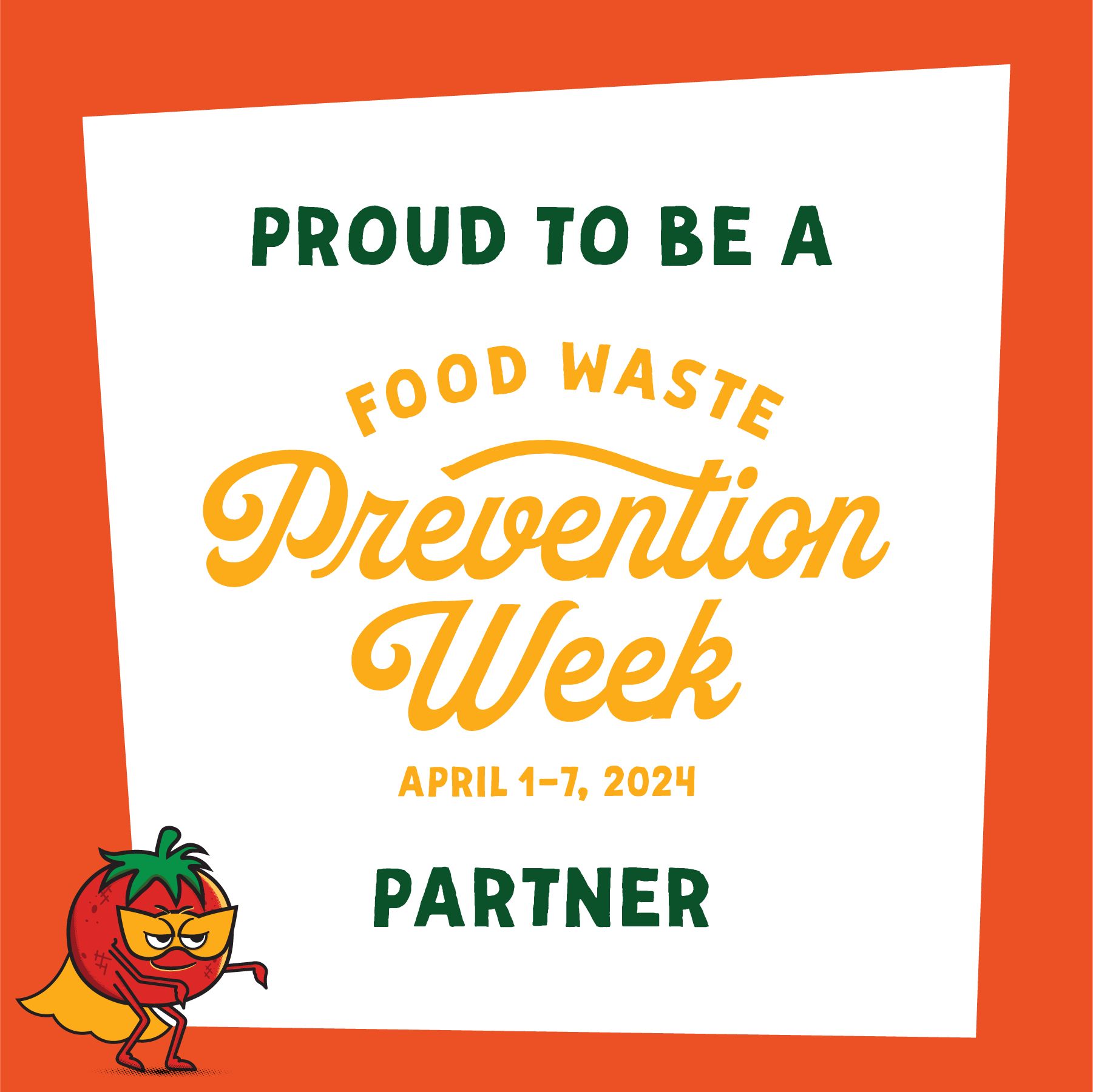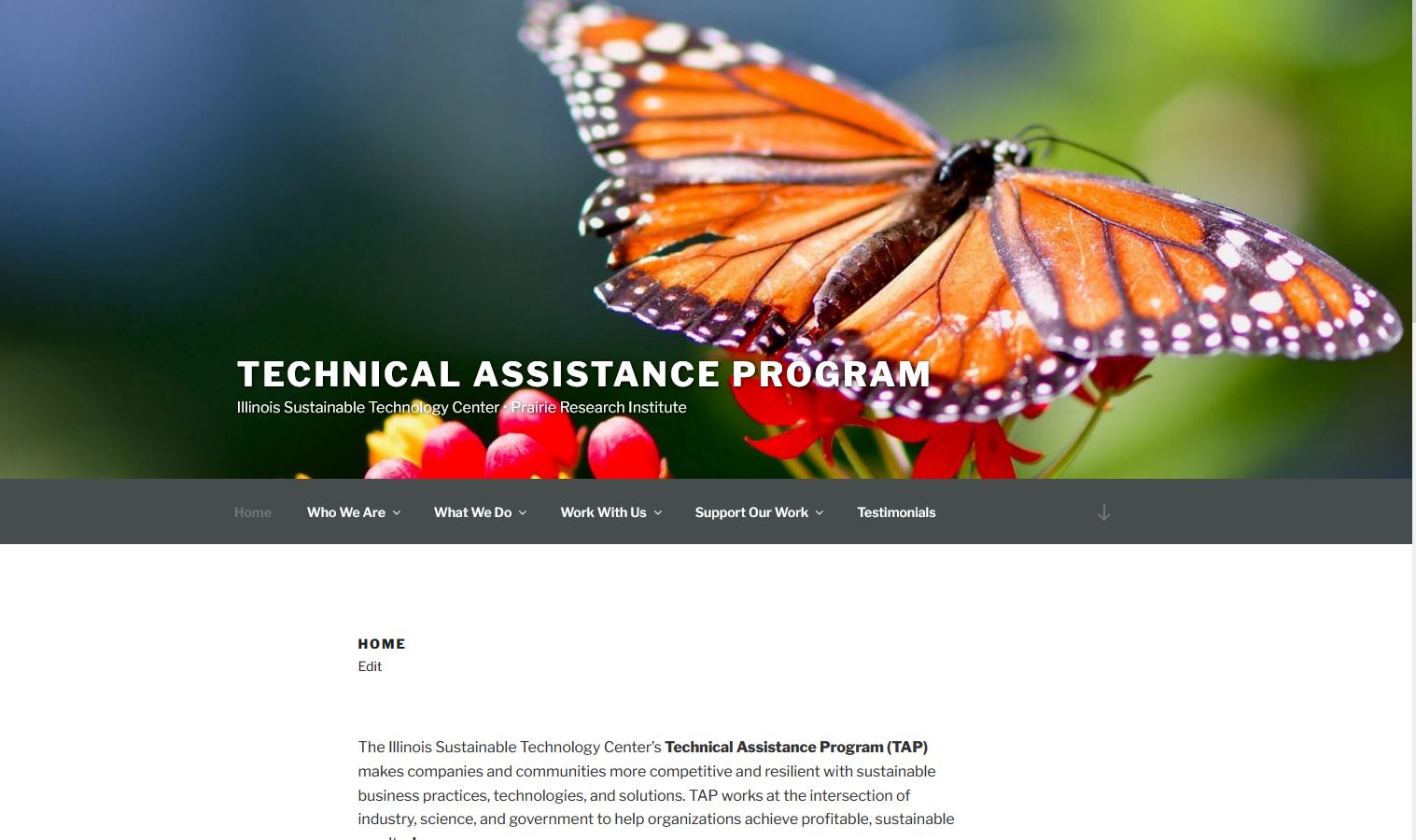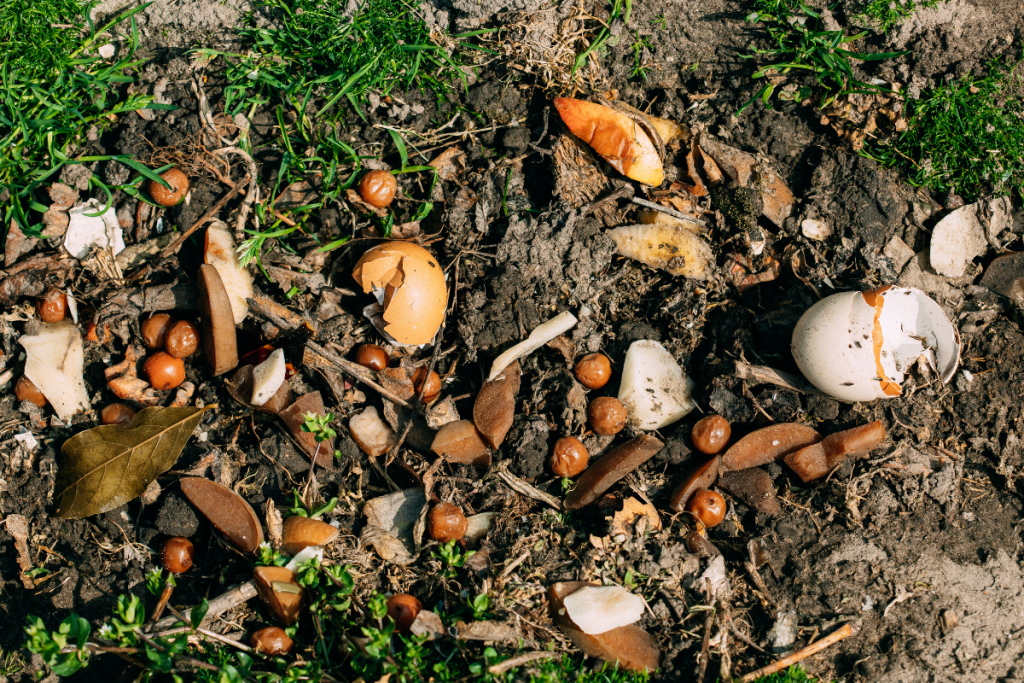Expanded polystyrene, or EPS, is a lightweight, closed-cell plastic foam used in a variety of products, including coolers, insulated beverage cups, takeout containers, building insulation, etc. This differs from extruded polystyrene (XPS), which is typically formed into rigid panels used for building insulation, mainly in terms of how it is manufactured, but also in terms of thermal protection, moisture resistance, and strength. Styrofoam is a brand name of XPS insulation manufactured by DuPont. Despite these differences, the similar products have become synonymous in the minds of most people, and just as certain brand names for facial tissue and bandages eventually became the common terms for those products, most people refer to EPS products as “Styrofoam.” In this blog post, when you read “EPS” or “expanded polystyrene,” know that this refers to the materials you likely think of as “Styrofoam” packaging–though DuPont would be quick to point out they’re not the same thing!
For several years, departments at the University of Illinois at Urbana-Champaign have been encouraged to recycle EPS at a drop-off location just outside the Dart Container plant in Urbana, IL. Recycling EPS is often not economically feasible basically because foam packaging is mostly air, and the fuel needed to ship large amounts of the bulky, lightweight material for processing would often not be offset by money obtained by selling it. Dart manufactures EPS products however, and thus, accepting and recycling it is in line with a sense of extended producer responsibility for the management of those products at their end-of-life, especially since EPS pollution famously takes hundreds of years to break down in the environment. The Urbana Dart plant used equipment to heat, extrude, and compress foam packaging into blocks of material that could be used for products such as picture frames, surfboards, or park benches. This YouTube video shows a similar operation in a California plant.
Earlier this year, however, Dart unfortunately announced that the Urbana plant would be closing by the end of 2023. While this is tragic mainly due to the loss of jobs and the potential blow to the local economy, it also means the loss of an outlet many people relied upon to keep EPS packaging out of the landfill. In fact, the City of Champaign ‘Where Do I Recycle It?’ resource reports that Dart closed their Styrofoam drop-off center in Urbana on Friday, September 29, 2023.
Obviously, the best approach, even before the sad news about Dart’s Urbana plant was announced, has always been to avoid EPS products whenever possible precisely because of the difficulties in recycling the material. But avoidance isn’t always possible for consumers, especially since EPS is so widely used in food and beverage packaging, to protect breakable products, and to regulate the temperature of various items during shipping—including items intended for laboratories. So, while alternatives are important to explore (and might be the subject of a future post), this post focuses on options that might help people in Champaign County divert EPS in the near term. Although the inspiration for this post is the change in opportunities to recycle EPS locally, many of the options below are applicable in other parts of the state or U.S.
Other foam drop-off sites (for those not in Champaign County)
To be clear, Dart is not going out of business or closing all its facilities, and the company does still offer public drop-off EPS collection points at various places in the U.S., including elsewhere in IL—just not in the Champaign-Urbana area anymore. To find out whether there’s a Dart public drop-off near you, visit https://www.dartcontainer.com/why-dart/sustainability/foam-recycling and search their map.
The Food Service Packaging Institute’s website includes a map showing EPS foam recycling drop-off sites throughout the U.S. and includes some basic information about foam recycling. See https://www.recyclefoam.org/about-foam-recycling to learn more and to search for a drop-off near you.
Dart’s Next Life Program
Besides their public drop-off collections, in April 2023 Dart also announced a mail-in product take back program called Next Life. This program is restricted to Dart brand products, but it is not restricted to EPS—Dart packaging made from paper (specifically from the Bare by Solo brand), polyethylene terephthalate (PET, #1), polypropylene (PP, #5) and expanded polystyrene (#6 foam) are all acceptable products. This program is not free, or particularly easy, however. To participate, consumers can visit https://take-back.dartcontainer.com/ and indicate which of these three packaging categories they’re interested in recycling. Then “proof of purchase” images must be uploaded, which might be in the form of scanned store receipts, invoices, or product photos. Once the images are uploaded, the consumer must then purchase a “discounted shipping label” by paying for flat rate shipping for the material ($9 for a maximum box size of 20″ x 30″ x 11” when the process was tested during the writing of this post). The purchased label can be printed out and used to ship the items back to Dart.
While this is better than nothing, the process is convoluted and inconvenient for consumers and is restricted to Dart products. Only die-hard individual environmental advocates, or organizations and businesses committed to zero waste, are likely to jump through the necessary hoops and pay to participate. Coupled with efforts to reduce relevant types of waste or avoid them altogether, this program can help keep some remaining unavoidable packaging out of landfills, so it’s worth keeping in mind.
Terracycle Zero Waste Box
If your organization or business generates a fair amount of EPS waste, you may wish to consider Terracycle’s “Styrofoam – Zero Waste Box™” as an option for recycling all sorts of EPS food packaging and shipping waste, so long as there is no food or other organics contamination on the foam. You buy a collection box with a pre-paid shipping label, seal it when full and send it back to Terracycle. This is very convenient but expensive—the box comes in three size options, with the smallest (11”x 11” x 20”) costing $107. There are discounts for purchasing collection boxes in bulk (15+).
Packing Peanuts (Loose Fill)
EPS foam packing peanuts (aka loose fill packaging) were never accepted as part of Dart’s public recycling drop-off in Urbana. Local shipping businesses may accept them for reuse, however, as long as they’re clean and dry. It’s always advisable to call these companies first to confirm they will accept these before taking any to their location. The City of Champaign “Where Do I Recycle” page suggests contacting the UPS Store on Marketview Drive in Champaign, or CU Pack N Ship (formerly Mail & Parcel Plus). Note that the foam recycling map at https://www.recyclefoam.org/about-foam-recycling, mentioned above, can be searched specifically for loose fill recycling options.
Polystyrene Coolers
Many local laboratories, including those on the University of Urbana-Champaign campus, receive materials in polystyrene coolers. Laboratories should keep in mind that Millipore Sigma has a polystyrene cooler return program for U.S. customers, which is relatively easy and free for the consumer. See https://www.sigmaaldrich.com/US/en/services/support/recycling/polystyrene-cooler-return-program for details.
Several sources related to laboratory waste recycling suggest that New England Biolabs (NEB) have a similar polystyrene cooler take-back program, but that information seems to be out of date because NEB no longer uses EPS coolers. NEB now ships its products in an alternative to EPS, called the ClimaCell® cooler, created in conjunction with TemperPack, which is 100% recyclable. See https://www.neb.com/en-us/tools-and-resources/video-library/introducing-the-neb-climacell-cooler to learn more. If your laboratory or other business ships items that require temperature control, you might consider contacting TemperPack for options that suit your needs. See https://www.temperpack.com/climacell/.
Corning Packaging Take Back
Laboratories should also be aware that Corning will take back all Corning®, Falcon®, or Axygen® product packaging—including EPS centrifuge tube racks. Other acceptable wastes include pipette tip boxes and plastic bags and peelable lidding film paper from cell culture dishes, plates, and flasks, #2 or #4 only. See https://corning.mailthisback.com/ for further details and to print a pre-paid shipping label.
Other Mail-Back Options
Finally, the EPS Industry Alliance has a list of mail-back options at https://static1.squarespace.com/static/62e5bccd5d8f2e718d48d121/t/643ff95d6ef7d36ad9920d25/1686167676074/EPS+Mail+Back+Locations.pdf. There are eight locations in the Midwest region, though none are in IL.
Hopefully, these resources will help you divert unavoidable EPS from landfills. Are you aware of other EPS recycling programs? Share your knowledge with our zero waste team at istc-zerowaste@illinois.edu.
